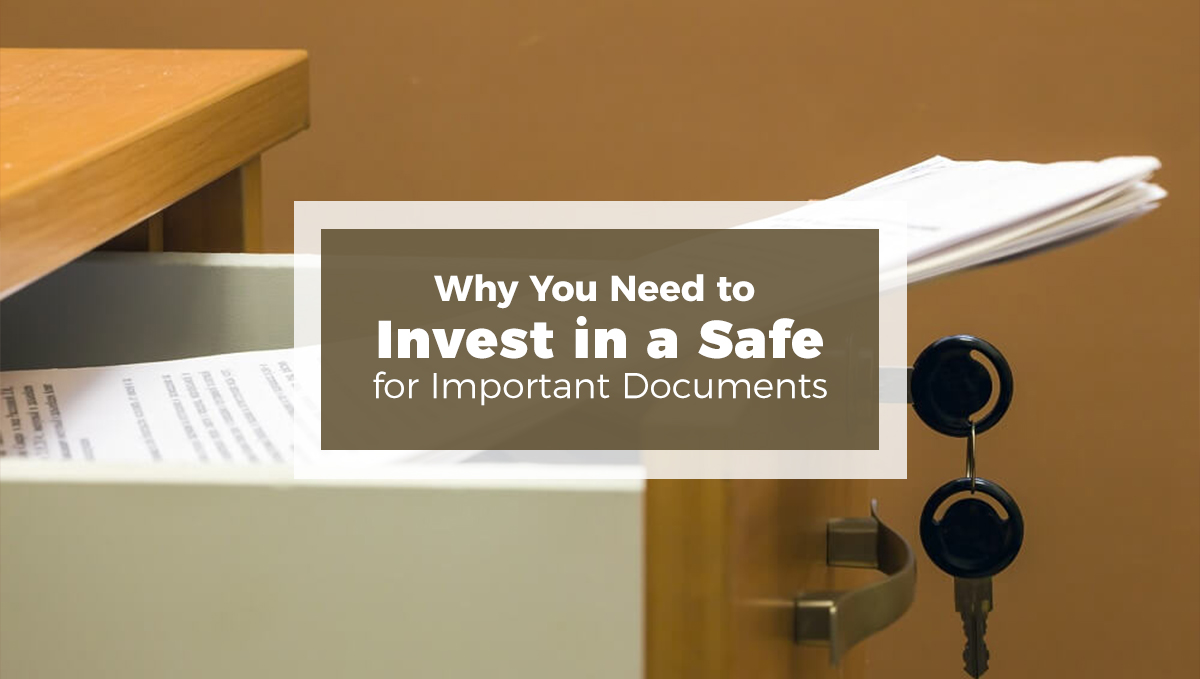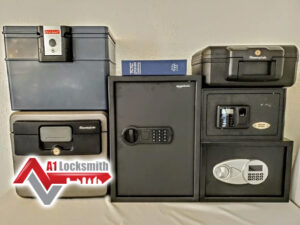If you own important documents or belongings, you may have asked yourself if you need a safe to protect them. Many people put safes in their home to also secure valuables such as electronics, jewelry, and even money. They’re great in case of fire, natural disaster, or most commonly, theft.
There are many types of safes available on the market that offer various levels of protection and are for different uses — from fire safes that protect important documents in case of natural disasters to commercial safes for business. Fire and burglary safes, for instance, are perfect to protect documents such as wills, birth certificates, and property deeds. Commercial safes help businesses lock sensitive information such as employee data, cash, or critical media.
There are many reasons why you may need to invest in a safe for your valuable documents or belongings. Among these, there are three major ones you should consider:
1. Protection
The most obvious reason why you may need to invest in a safe is for protection. A reliable safe will help secure your most precious assets from potential thieves, as well as natural disasters such as fires and hurricanes. If you have workers or visitors in your home, it’s always preferable to keep your valued possessions in a safe. In terms of insurance concerns, a safe alleviates your liability by offering additional protection. Some insurance companies require that insured assets be stored in higher protection devices such as safes.
2. Peace of Mind
Another benefit to having a safe is the peace of mind it provides. You don’t have to worry about your assets being stolen or destroyed while you’re away. If you use a gun safe, you can feel better knowing that people in your home, especially children, won’t be able to access them. Limiting access to firearms and other dangerous objects also reduces your personal and legal liability.
3. Storage
Last but not least, safes constitute great sources of storage. If you’re wondering where to keep your valuable documents, having a safe provides a trustworthy solution. Depending on the type you invest in, you can also store anything from electronics to jewelry in it.
Overall, investing in a safe is not only a good personal decision, it’s also a great business call. As you decide to invest in a safe, keep in mind to prioritise your protection and peace of mind, as well as storage capability.
Sources:
- Allan, Patrick. “What to Look For When Choosing a Fireproof Document Safe.” Lifehacker. September 29, 2016. Accessed March 10, 2018. http://lifehacker.com/what-to-look-for-when-choosing-a-fireproof-document-saf-1787247887.
- Fance, Charnita. “Why You Should Have a Safe in Your Home.” Lifehack. February 20, 2014. Accessed March 10, 2018. http://www.lifehack.org/articles/lifestyle/why-you-should-have-safe-your-home.html.
Proofing Checklist
- When you plug the piece into http://www.hemingwayapp.com/, is the readability in the GREEN ZONE? If not, take a screen shot and send it back immediately. Grammar and punctuation are correct.
- Does the piece have a unique and catchy title?
- Does the title include the keyword or keyword phrase? Are headings and subheadings and bullet lists appropriately used?
- Is the content informative and appropriate for the audience?
- Does the piece meet the word count requirements outlined in the assignment document?
- Is the piece unique? Does it avoid plagiarism issues? (Even tho’ some blog posts and guest articles are based off the same topics and keywords, they should be completely different from each other in terms of angle/story/title/format.)
- Is the content valuable? (There is no fluff, no repeated sentences – or the same general meaning – repeated over and over. The content is logical, entertaining, informative, constructive, and of use to someone reading it).
- Are appropriate resources used and cited?
- Is there a clear call to action either imbedded in the body or at the end of a blog post, prompting the reader to contact our client in some way or to subscribe to the blog, or some other concrete action?
- Generally speaking, were the instructions from the assignment document followed?




